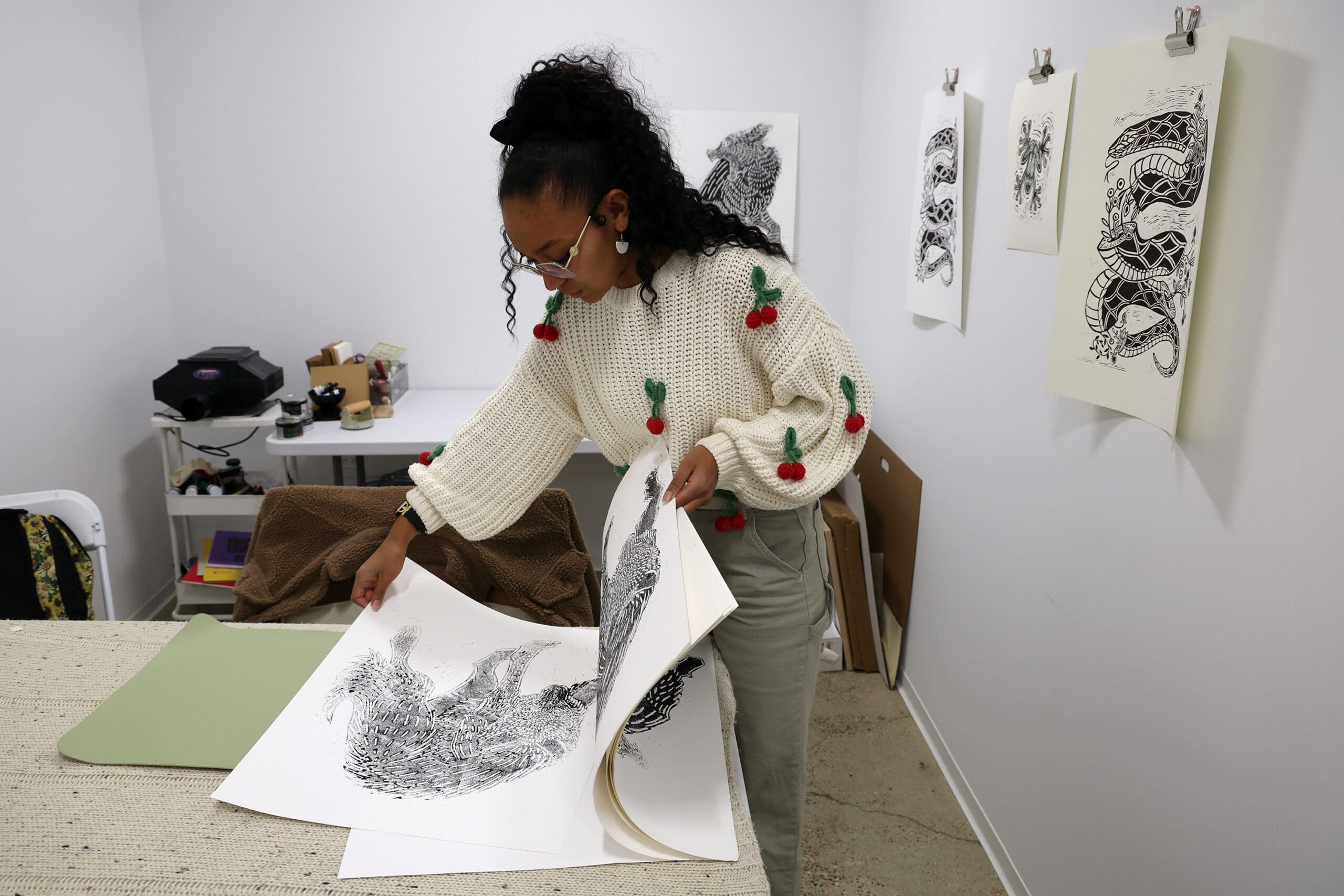By LaRita Shelby (edited by Renee Simms)
April 29, 2002, marked the ten-year anniversary of the 1992 Los Angeles riots or as some prefer, uprisings. We all remember exactly where we were when Los Angeles burst into flames. The event was that memorable.
Looking back, it seemed all too predictable. It began on March 3, 1991 when four white police officers beat a black man gang style. Los Angeles Police Department Seargent Stacy Koon and Los Angeles Police Department Officers Timothy Wind, Laurence Powell and Theodore Briseno battered Los Angeles resident Rodney King while 23 other officers stood by.
George Holiday filmed the beating from the balcony of his apartment and turned it over to a local news station. The tape was broadcast across the world. Los Angeles Mayor, the late Tom Bradley, responded by appointing Warren Christopher to investigate the police department. The Christopher Commission found a systematic use of excessive force and racial harassment by the Los Angeles Police Department.
Then the fallout began. The officers were suspended. Los Angeles Police Chief Darryl Gates said he’d retire in ’92 and the Rodney King trial geared up to begin.
By November 1991, California Superior Court Judge Stanley Weisberg ordered that the trial be moved from Los Angeles to the conservative, nearly all-white city of Simi Valley.
On April 29, 1992, a Simi Valley jury found the officers not guilty – and folks in Los Angeles (and other cities) headed to the streets.
Petrie Hawkins Byrd (you know him as Officer Byrd on the Judge Judy show) sums up the way many people felt about the “not guilty” verdict.
“As a human being, as a black man in this country, I found it astounding that we could all look at someone become a human pinata and be desensitized to it,” he said.
Shortly after the verdict was announced, fires sprouted in Los Angeles followed by vandalism and looting. Reginald Denny, a white truck driver, was pulled from his vehicle and beaten. Other motorists were beaten.
EUR editor, Rhonda Planer, who was an Los Angeles 911 operator at the time, remembers being called back to work.
“It was like a tactical alert type of situation and we were going to be working twelve hour shifts,” she said.
When it ended the Los Angeles riots resulted in 57 deaths, reports of over 700 structural damages, 5,000 arrests and over a billion dollars in damages.
In the aftermath, Operation Hope was founded to revitalize the inner city of Los Angeles. Operation Hope President and CEO John Bryant recalls that the organization was met with much skepticism.
“We said that we were America’s first non-profit social investment bank and everybody laughed at us,” he says. “Today, we have a 6 million dollar budget, we’ve funded 75 million dollars in loans. We’ve had 400,000 people come through our doors since 1992.”
Yes, Operation Hope has been a good thing, although Los Angeles like all of America, still has problems … particularly with its police department. But on this ten-year anniversary let’s celebrate the good while we remember the pain that it took to get there.
Reprinted with permission: www.eurweb.com
Printed in Volume 1 Issue 7



